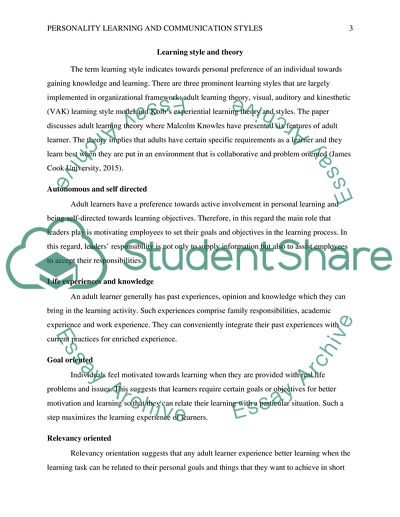Cite this document
(Personality, Learning, and Communication Styles Coursework, n.d.)
Personality, Learning, and Communication Styles Coursework. Retrieved from https://studentshare.org/human-resources/1679370-personality-learning-and-communication-styles
Personality, Learning, and Communication Styles Coursework. Retrieved from https://studentshare.org/human-resources/1679370-personality-learning-and-communication-styles
(Personality, Learning, and Communication Styles Coursework)
Personality, Learning, and Communication Styles Coursework. https://studentshare.org/human-resources/1679370-personality-learning-and-communication-styles.
Personality, Learning, and Communication Styles Coursework. https://studentshare.org/human-resources/1679370-personality-learning-and-communication-styles.
“Personality, Learning, and Communication Styles Coursework”, n.d. https://studentshare.org/human-resources/1679370-personality-learning-and-communication-styles.


